They say that three is a crowd and in many cases, such as marriages, it is true when a third person gets involved with a pairing. But there are instances where three is not a crowd or can be an army ‘ three people working together for the common good can often get more done than one or two (or even more) people. History is littered with trios who attempted or managed to change the world. The following is a list of some of the most famous from history:
1. The First Triumvirate
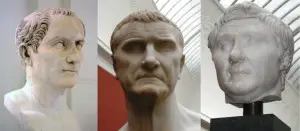
In the final days of the Roman Republic, Julius Caesar, Marcus Crassus and Pompeius Magnus came together in an unofficial alliance to thrash out their future vision for Rome. Caesar was the great reformer who needed the military clout of Pompey and the financial acumen of Crassus. All three had been consuls at one point, Crassus and Pompey had even served together but had never trusted each other. When Crassus died in battle, Pompey was pushed by the Senate into the role of sole Consul, leading to civil war.
2. The Second Triumvirate
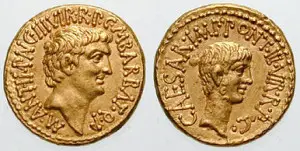
Whereas the first alliance was secretive, this alliance between Octavian, Marc Antony and Marcus Aemilius Lepidus was official and enacted into law to govern the Republic. It was a three man dictatorship enacted for five years (and then a second five year term). Together, they defeated Caesar’s murderers who were cementing their power throughout the provinces; eventually the alliance collapsed when Octavian expelled Lepidus from the triumvirate; Marc Antony’s involvement with Cleopatra divided the final two and set history on its course.
3. Russian Revolutionaries
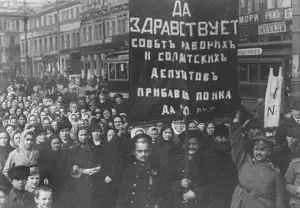
Though Lenin was the catalyst of the Russian Revolution, he was not alone. Within his closest circle and at the highest echelons of the Bolshevik Party were those who would seek to succeed him. While he was alive, this trio worked together well despite Trotsky’s Menshevik background and the clear friction between the other two. When Lenin died, Stalin and Trotsky erupted into a civil war with the former eventually expelled from the party. He fled to Russia and was eventually assassinated there.
4. The Three Pashas
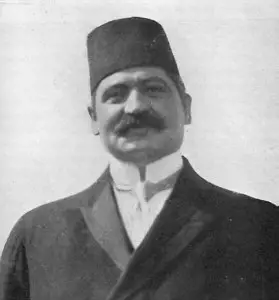
Another political triumvirate, this one existed in the latter days of the Ottoman Empire. It consisted of Minister of the Interior Mehmed Talaat, Minister of War, Ismail Enver and Minister of the Navy Ahmed Djemal. After a coup in 1913, this trio of men remained the rulers of the Empire until its dissolution at the end of World War I. They were key to forming the alliance with Germany; only one of the three men was opposed to this alliance. At the end of the war the Empire collapsed when Attaturk led an uprising for Turkish independence.
5. The Three Wise Men
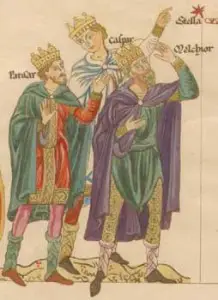
History is unclear whether the biblical Three Kings/Wise Men ever existed but they are so pivotal to the birth of Jesus and have passed so much into the vernacular that it probably doesn’t matter. In the western Christian tradition they are named as: Melchior (a Persian), Caspar (an Indian) and Balthazar (an Arab). They are said to have followed a star to find baby Jesus and bringing gives to the new born King. The Feast of the Epiphany commemorates their arrival.
6. Henry VIII Love Triangle
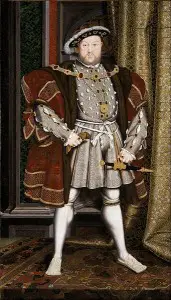
It changed the course of England forever. When Catholic Henry VIII met Protestant Anne Boleyn and became besotted with the young woman, it put his marriage to Catherine of Aragon in jeopardy. Henry sought to annul his marriage so he could pursue Boleyn but the refusal of the Pope led to the king cessation from Roman Catholicism and the establishment of a new church that he would be the head of. Both women died in 1536: Catherine likely died of cancer and Anne was executed by beheading.
7. The Treaty of Verdun

Charlemagne left his empire in a strong state upon his death yet when his son and successor Louis the Pious died, he divided the kingdom into three parts between his sons Lothair I, Louis the German and Charles the Bald. This was done not just because of the Frankish policy of equal division, but also because each of the sons claimed to have been the appointed sole successor and would not surrender those rights. A war ensued but the Treaty sought to bring it to an end and allocate the rights of each of the kings to specific territories.
8. The Allied Leaders
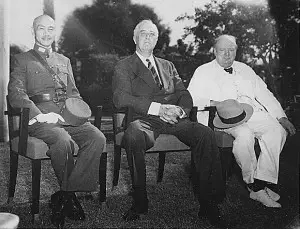
In order to prevent Hitler’s expansionism, the three allied leaders of Franklin D. Roosevelt, Winston Churchill and Josef Stalin had to work together and plan strategies together. At the end of World War II, those leaders wanted to expand their spheres of influence leading to mistrust. The USA was keen to expand its military presence in Europe, Communist Russia sought to expand into Europe and Britain was desperate to remain on the world stage as a major power. The three conferred on how to best properly divide up Germany ‘ and then the capital Berlin.
9. The Council of Three (Rada Trzech)
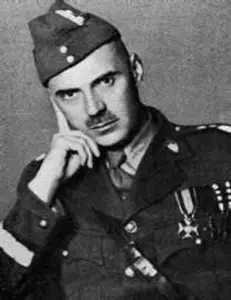
The Council of Three was formed out of the exiled Polish government as a result of the failure of August Zaleski to step down after his seven years in charge. The three men were chosen by a provincial council and consisted of WÃ…’šadysÃ…’šaw Anders, Edward RaczyÃ…’žski and Tomasz Arciszewski. Though the exile government it came into existence during WWII, it did not dissolve until 1990, having also committed itself to opposition of Communist rule. The Council of Three dissolved in the early 1970s with Zaleski’s death.
10. The Superpowers
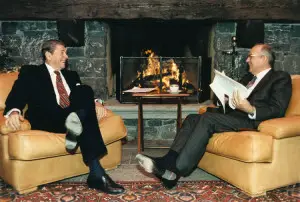
The 1980s were dominated by three political figureheads of the nuclear nations: Ronald Reagan, Margaret Thatcher and Mikhail Gorbachev. Between the three of them, the world saw the end of the nuclear threat from long-distance missiles. Within Russia, Gorbachev was a great reformer who sought to open up the Iron Curtain. Margaret Thatcher was a political radical and Reagan took a hard line against the Soviet state. Effectively, the three were the political situation in the 1980s.
Conclusion
So it seems that three is not always a crowd. Sometimes it is an alliance, a treaty, a struggle or a peace process. The problem is nearly always when two take sides against the third ‘ that is when trios tend to break down, particularly when discussing political alliances as most of the above are.








Leave a Reply